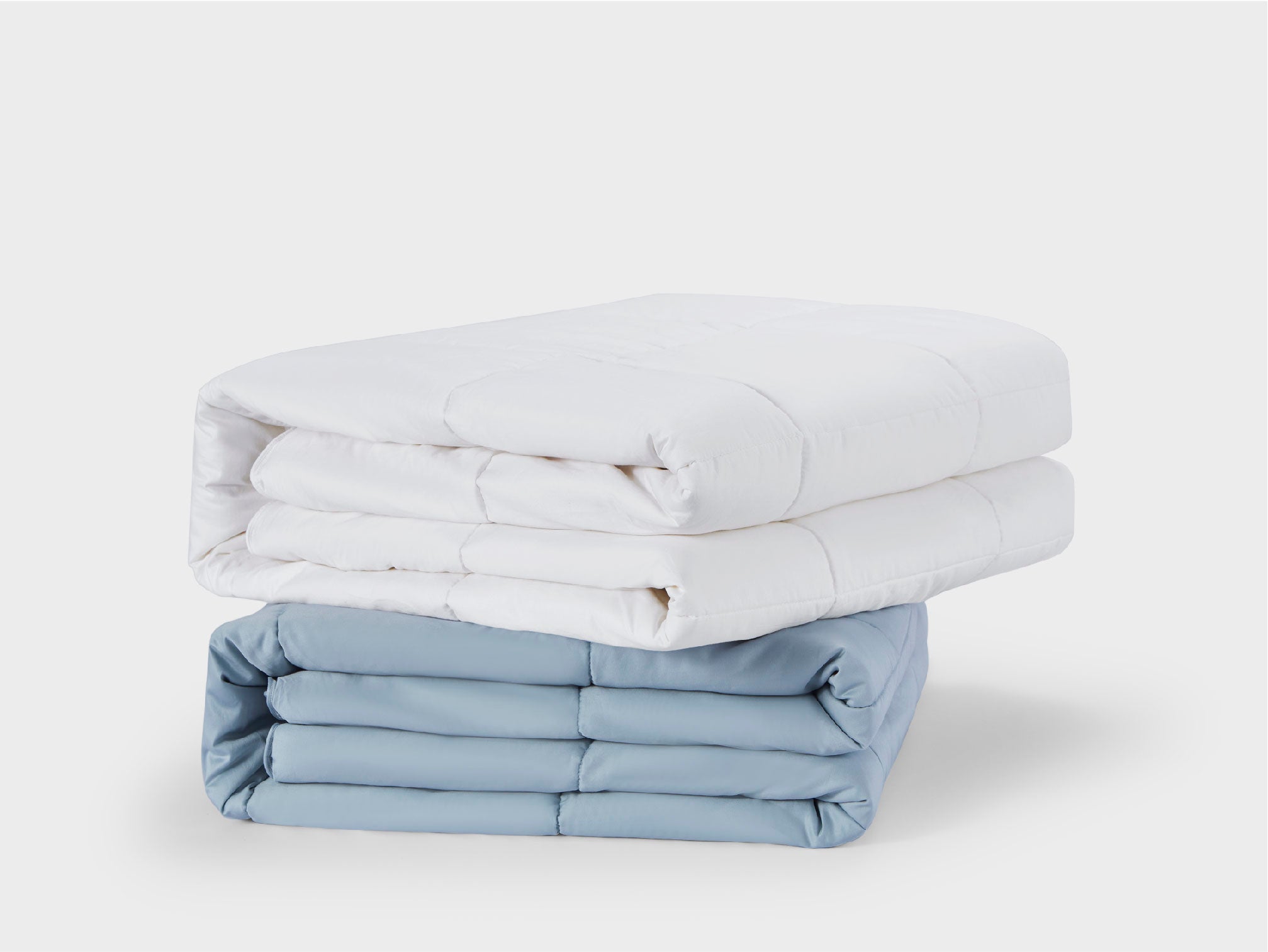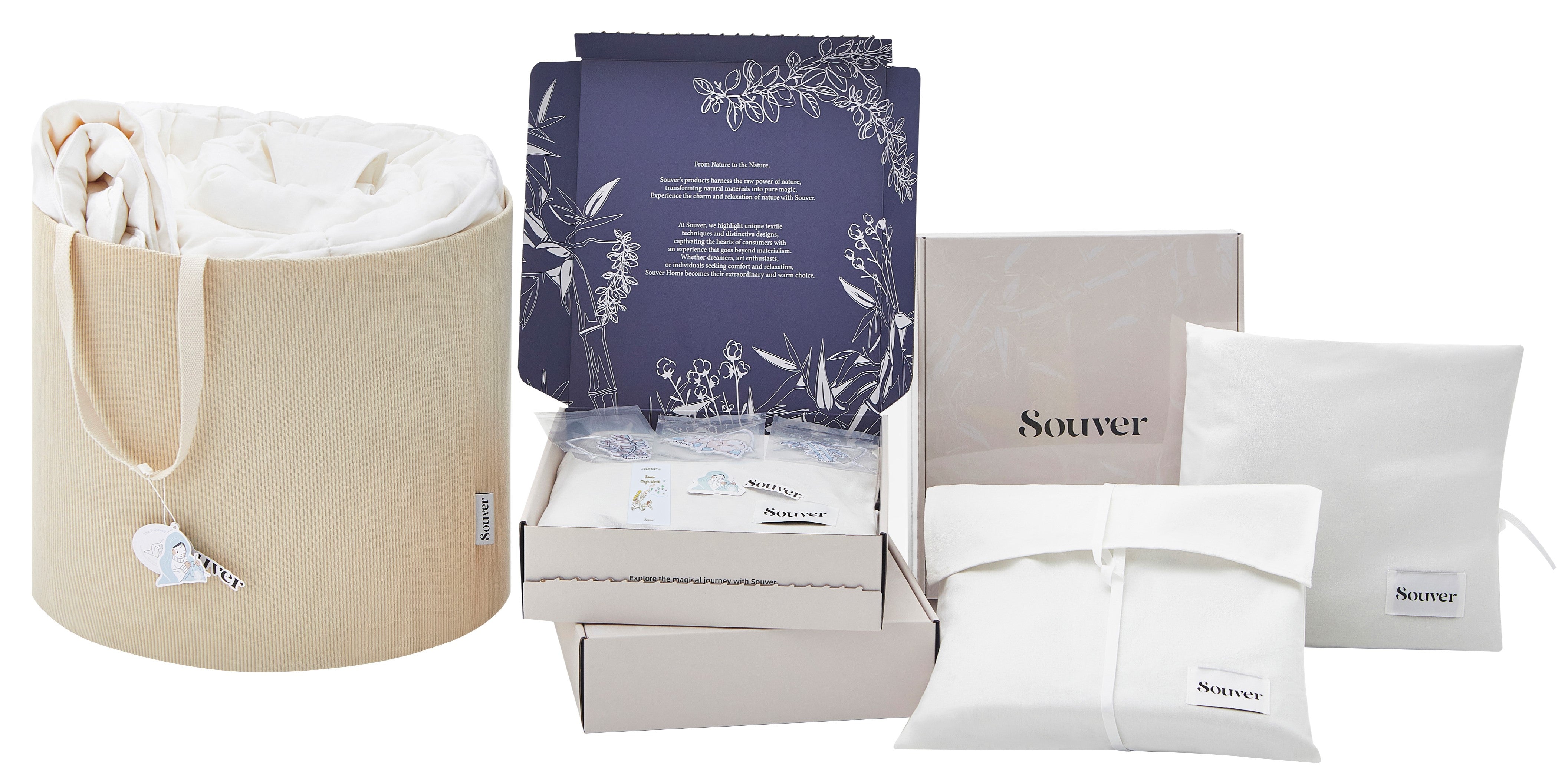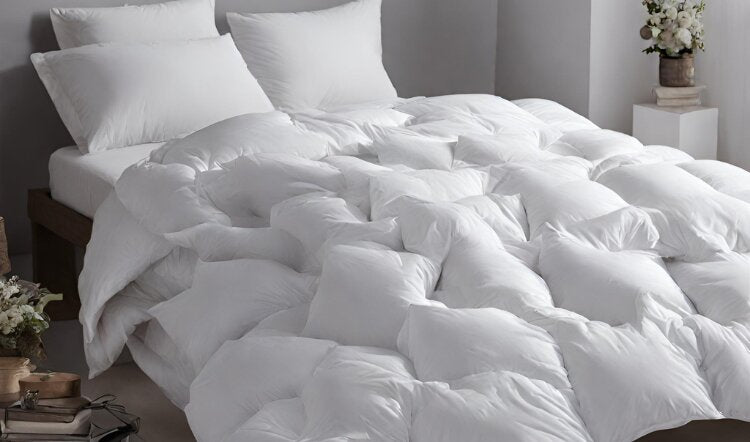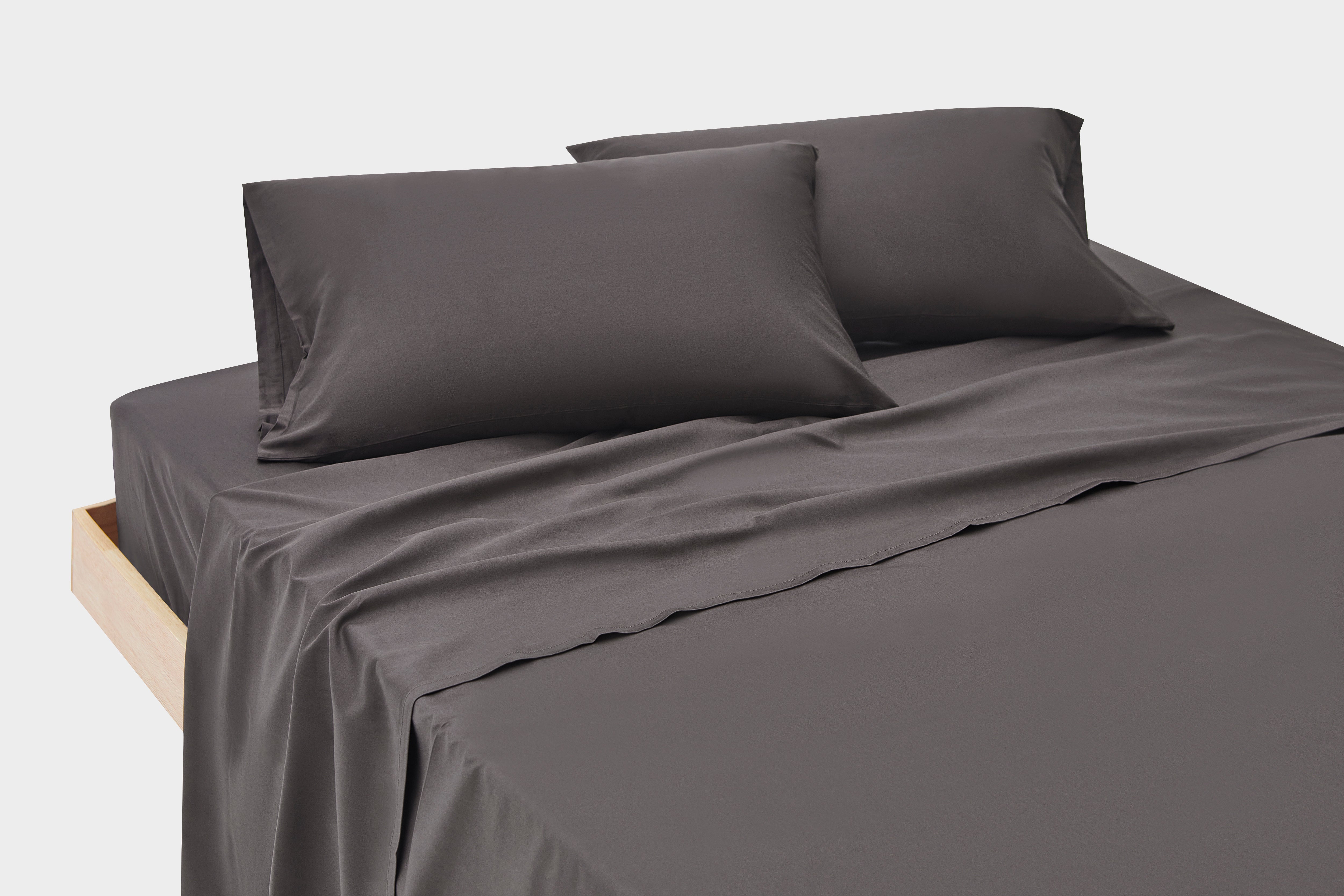Using the right amount of fabric softener is an easy way to restore the softness of your blanket. But is there anything else you can do to restore softness to your blankets?
Next, let's dive into more strategies for restoring softness to your blankets to ensure they are as comfortable as they were when you bought them.
Why Blankets Lose Their Softness

Although blankets are designed to provide warmth and comfort, they lose their softness over time due to a variety of factors, such as washing and drying them. Understanding the reasons for this loss of softness can help to rejuvenate your blanket.
Common Causes of Roughness in Blankets
- Frequent Washing: Overwashing can lead to the breakdown of fibers, resulting in a rough texture. The agitation and friction during washing and drying processes contribute to the wear and tear of the fabric, diminishing its softness.
- Hard Water: When blankets are washed with hard water containing high mineral content, such as calcium and magnesium, these minerals can bind to the fabric, causing stiffness and reducing the overall softness.
- Excessive Use of Detergents: Using an excessive amount of detergent or harsh chemicals can leave residue on the fabric, making it stiff and less pliable.
Fabric Type
The type of fabric used in blankets significantly impacts their initial softness as well as their ability to retain it over time.
- Cotton: Known for its natural softness, cotton blankets are gentle on the skin and offer initial comfort. However, they may require more frequent washing to maintain their soft feel.
- Fleece: Fleece blankets are inherently plush and velvety due to their synthetic nature. They tend to retain their softness even after multiple washes, making them a durable choice for long-term comfort.
- Wool: While wool blankets provide exceptional warmth, they may not always possess inherent softness. Regular maintenance is essential to prevent wool fibers from becoming coarse over time.
- Bamboo: Adding a bamboo duvet cover to your bedding ensemble can enhance softness and comfort. Bamboo fabric is known for its softness, durability, and natural antibacterial properties. It also has excellent moisture-wicking abilities to keep you comfortable throughout the night. Like fleece, bamboo fabric maintains its soft texture even after repeated washing, making it an excellent choice for those looking for eco-friendly bedding options that do not compromise on softness or comfort.
3 Tips to Make Your Blankets Soft Again
Maintaining the softness of your blankets involves implementing practical steps that focus on washing techniques, drying methods, and daily care tips. By following these expert-recommended practices, you can effectively restore the softness of your blankets and ensure long-lasting comfort.
Washing Techniques for Softer Blankets
To make your blankets soft again, it's essential to adopt gentle washing techniques that preserve the integrity of the fabric. Sofia Cashmere Experts emphasize the importance of using mild detergents and cold water to maintain the softness of delicate fabrics. Here are some recommended washing techniques:
- Use Cold Water: Cold water helps prevent excessive fiber breakdown and color fading, preserving the softness and vibrancy of your blankets.
- Choose a Mild Detergent: Opt for blanket-friendly detergents that are gentle on delicate fabrics. Harsh detergents can damage fibers and compromise the soft texture of your blankets.
- Gentle Cycle: Utilize the gentle cycle setting on your washing machine to minimize agitation and friction, preventing unnecessary wear and tear on the fabric.
- Fluff Regularly: After washing, ensure that you fluff your blankets regularly to maintain their plushness and prevent stiffness.
By incorporating these washing techniques into your laundry routine, you can effectively revitalize the softness of your blankets while preserving their quality. If you also want to know more about the topic of cleaning bedding, you can read this article: How to wash or dry a comforter?
Drying Methods to Preserve Softness
Thula Tula Experts recommend specific drying methods that contribute to preserving the softness of fabrics. Consider the following drying techniques:
- Low Heat or Air Dry: Opt for low heat settings when using a dryer or air dry your blankets to prevent excessive heat exposure, which can lead to fabric stiffness.
- Avoid Overdrying: Remove blankets from the dryer while they are still slightly damp to prevent over-drying, which can result in roughness and reduced softness.
- Store in a Breathable Bag: Once dried, store your blankets in breathable bags or containers to protect them from dust and maintain their soft feel.
By employing these gentle drying methods, you can safeguard the softness of your blankets while extending their longevity.
Daily Care Tips to Maintain Blanket Softness
In addition to specialized washing and drying techniques, daily care plays a significant role in preserving blanket softness over time. Here are some practical tips for maintaining blanket softness regularly:
- Avoid Excessive Washing: Minimize frequent washing unless necessary, as excessive laundering can contribute to fiber breakdown and diminish softness.
- Spot Cleaning: Address minor stains promptly through spot cleaning instead of subjecting the entire blanket to unnecessary washing cycles.
- Fluffing Routine: Incorporate a regular fluffing routine by gently shaking out and fluffing your blankets after use to maintain their plush texture.
Implementing these daily care tips will help sustain the softness of your blankets between washes while reducing unnecessary wear.
Choosing the Right Products for Softer Blankets
The choice of material and specific blanket type can greatly affect the initial softness and long-term comfort of a blanket. You can try the following products:
The Eco Blanket is made from high-quality cashmere that stays soft. It will stay soft after washing, perfect for those who want a plush blanket. It is environmentally friendly and meets the demand for sustainable bedding that is both cozy and eco-friendly. It's also an option if you prefer one of those faux rabbit fur Eco blankets.
Made from top-quality synthetic fur, Souver's faux rabbit blanket is an eco-friendly and animal-friendly option. Warm and soft, this blanket is ethical and environmentally friendly.

Conclusion
With this guide, you can learn about the importance of keeping your blankets soft and practical ways to achieve this goal. Let's review the experts' advice to first recognize why blankets lose their softness and the material they are made of, and with that understanding choose the right washing techniques and daily care routine for their specific material. If you want to choose high-quality bedding, you can choose to trust the brand Souverhome.








留言
此網站已受到 hCaptcha 保護,且適用 hCaptcha 隱私政策以及服務條款。